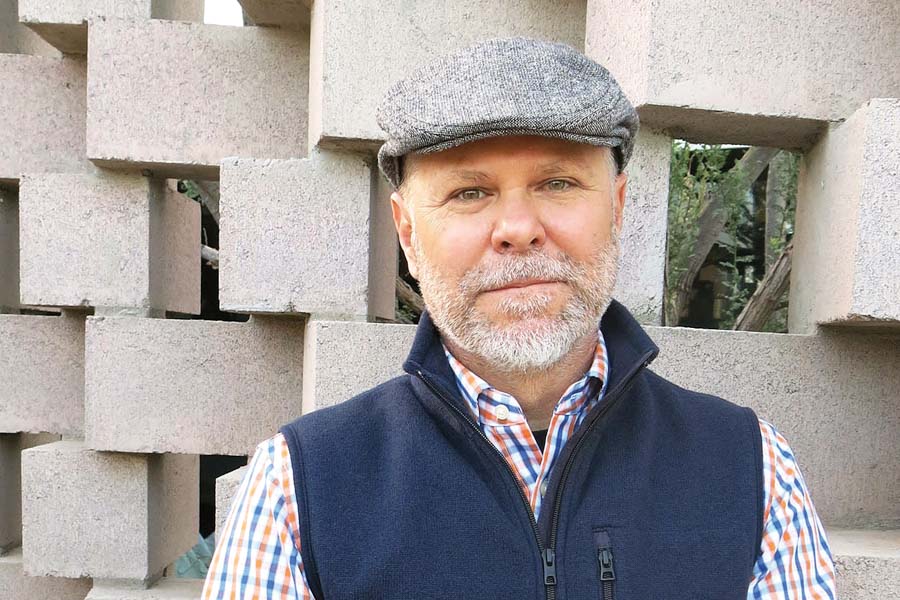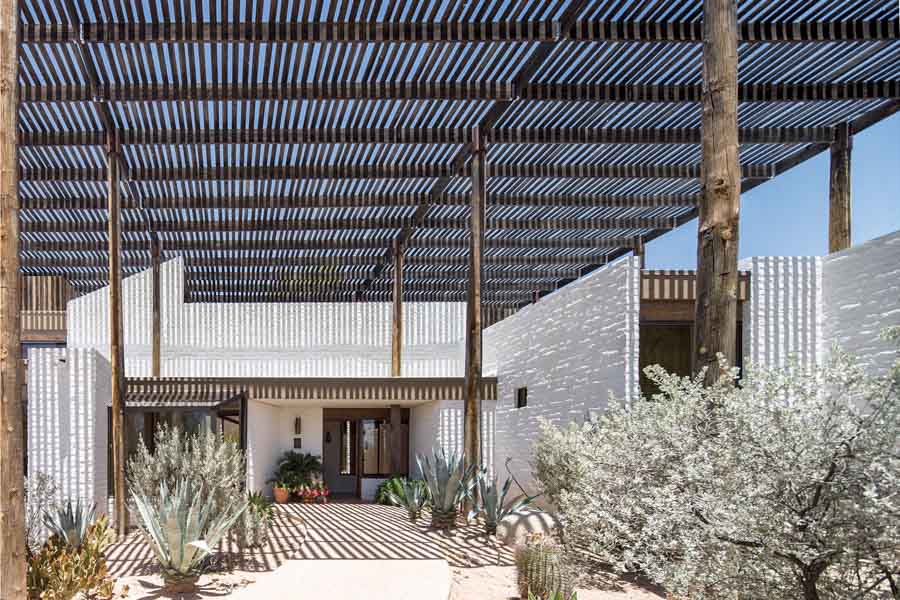Architectural chameleon Paul Rudolph would be 100 years old this October. Marking his ‘Centennial Celebration,’ Sarasota Architectural Foundation (SAF) is curating events throughout the year, dedicated to the co-founder of the Sarasota School of Architecture, including exclusive tours of significant homes, film screenings, art exhibitions, parties and a lecture series by distinguished architects and critical educators from all over the country. Among the master lecturers, Christopher Domin, co-author of the book, Paul Rudolph: The Florida Houses, a resonant work with southern-based modernists, celebrates the life and career of American architect Judith Chafee in his presentation, “Judith Chafee: Regional Consciousness.” Though lesser known than famed Rudolph, her steamlined designs were equally striking and suited as vernacular refuges from harsh terrains. Domin then reveals a surprising ‘six degrees of separation’ aspect to the story—proving that the modern meccas of the Grand Canyon State and the Sunshine State have more in common than we think.


A flashback to undergrad finds young, earnest student Domin sitting in class with an architectural history textbook. Flipping ahead of his required reading into a chapter called, ‘Recent Developments: Contemporary World Architecture,’ he was immediately taken by a photograph simply titled, ‘Judith Chafee, House in American Southwest.’ “It was this really strong set of Catalina mountains in the background—and coming from Florida you don’t see that sort of thing,” Domin describes. “There was this line—the desert—and this other really strong line with a canopy that held its own but also accepted the landscape,” he says.
“I was shaken by this image. It sort of seemed familiar, but it seemed really foreign too.” Paul Rudolph’s work had always been a great interest to Domin as well. “It was local and his work meant something to me,” he says. “Then I realized Chafee was a student of Rudolph’s.” After Rudolph spent 20 years here in Sarasota, he migrated to the Northeast and took over the chairmanship at Yale. Domin learned Chafee was in his first graduating class in 1960, and her thesis advisor. “You follow your instincts, right? You don’t know why you like certain things, and sometimes it takes a lifetime to figure it out.” Domin relays. It was Rudolph’s work that innately responded to climate, culture, landscape and history during that generation, and taught Chafee those philosophies. After her impactful education with Rudolph, she picked up his trajectory and brought it back to Tucson, AZ. “They dealt with materials meaningfully, dealt with landscape meaningfully, figured out a way to situate something into a place and into a culture ethically and environmentally,” says Domin.
A former Florida native, Domin eventually moved to Arizona himself and admits the architecture out west may have subconsciously been the driving force. “Florida is a beautiful place, especially when my parents moved here in the late 1950s,” he says. “But then the west had this draw for me—these strong, powerful American landscapes that I found really robust and vital. I didn’t know it, and I was curious about it.” Once Domin decided to change from full-time practice to full-time academics as a career, a professor position opened up in Arizona. “I knew that Judith Chafee taught there at the end of her career, before her passing and left a huge imprint on a new generation of architects,” he says.
While the Sarasota School of Architecture holds Paul Rudolph at its core, with his geometric spaces dedicated to the sea and sky, the College of Architecture in Tucson idolizes Judith Chafee, who set the standard to thoughtfully withstand the elements of the land. Rooted in their respective regions, those forward-thinking principles of vernacular design continue to drive architects today. Domin says, “One of the most important things architects do is orient the building correctly so that it works with the climate,” he says, “and then incorporate strategies to make the house a much more gracious place to be.” Suiting the climate and factoring in geographical power and ecological innovation is now a highlighted lesson in Domin’s own teachings, “Natural shade/lighting, air ventilation, using the space outdoors, working with the seasons—those are all things that Sarasota School of Architecture people did to keep architecture at the tip of everyone’s tongue, and Arizona people love that.”









